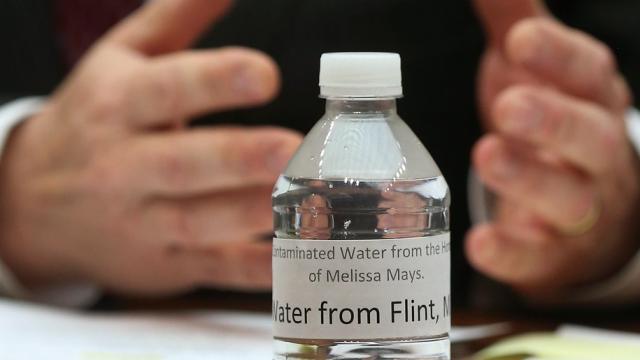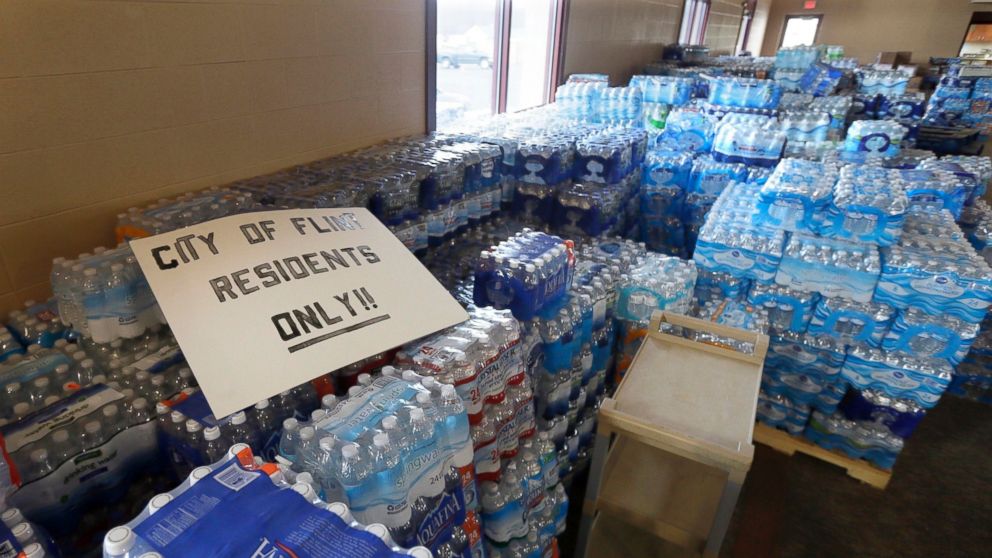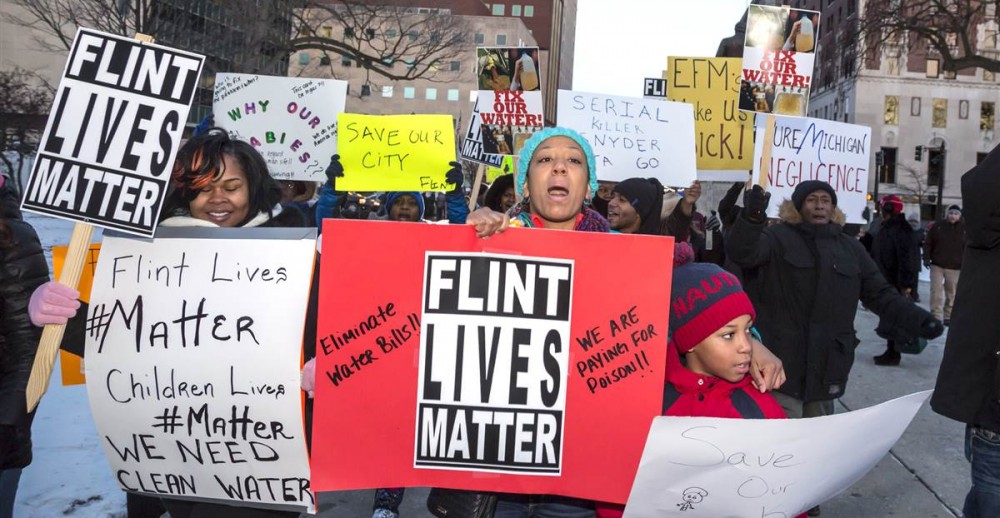
Access to clean water isn't what you'd typically think is a first world problem. Most Americans can turn on the tap and feel comfortable about drinking from municipal water supplies, even if folks choose to spend money on filtration systems and fancy bottled water.
In Flint, Michigan, however, government negligence and aging infrastructure led to a six-year ordeal simply to deliver potable water to a city of 100,000. Looking back on a crisis that could have been avoided, one can't help but wonder: Is the next Flint waiting in the wings?
A Perfect Example of Government’s Role
As the Trump administration and GOP leaders talk about more spending cuts and smaller government, realities like Flint become glaring reminders that government programs can make a difference when executed correctly.
Americans take access to clean water for granted, but a century ago that same water was a luxury few enjoyed. In fact, cleaning up the country's water supply has been cited as the single most important step forward for public health in the 20th century. Bringing clean water to Americans wasn't just a political football – it was a vital goal that required cooperation, and reaped benefits, on both sides of the aisle.
But that was decades ago. Today, the nation's booming infrastructure that resulted from the New Deal and other public works stand in peril. Yet instead of reinvesting to keep our country running, our government is distracted by unnecessary projects – and worse, many lawmakers remain in denial about the need for urgent maintenance.
Revisiting Flint
The parallels between what happened in Flint and our nation's infrastructure are more than skin deep. Bashing big government has become a pastime for conservative politicians, and liberals sometimes fail to make articulate arguments for public works and why they are a benefit to all, businesses included.
It takes adequate government support at local levels to identify issues like the water crisis in Flint, which shouldn't have come as a surprise to anyone. When a state official made the abrupt decision to draw city water from a river known to have high levels of contamination, and did so without any consideration for the way that water could interact with Flint's lead plumbing, no one stood in the way to question the change.
As a result, Flint's community is still reeling from the health impacts. The tainted drinking water people consumed resulted in a doubled infant mortality rate and a 12 percent reduction in fertility.
A century ago, we lacked the knowledge and equipment to keep everyone's water safe. But today we possess advanced water filtration solutions and amazing technology beyond what most believed was possible, even just a few decades ago. Take, for example, the reverse osmosis plant recently installed in Seymour, Texas. The plant corrected a major nitrate level problem in a small rural community that otherwise may have been neglected.
The options are clearly out there, and they’re available nowadays for pretty much any type of infrastructure remedies – that is, if officials are willing to invest in the health of their citizens. Alas, government appears to let these options go unused in places like Flint, all in the pursuit of a few million dollars. Another example is the desalinization plant being constructed north of San Diego, California, where, after a wet winter suddenly ended the state's brutal drought, progress slowed to a crawl. Failing to finish the job now will only result in water shortages during the next dry spell.
A Badly Needed Change in Culture
Looking at America's infrastructure as a whole, it's easy to spot the cracks. Twenty-year-old roads are in dire need of repair, but we continue to overstress them. Our power grid is operating on 40-year-old technology that is dangerously vulnerable to cyber-attacks and cannot adapt to take advantage of next-generation energy solutions.
Similar to the situation with water filtration technology, we know how to modernize these systems. Ensuring that our roadways will be safe to drive on 20 years from now doesn’t require investment in research and development. It only requires execution. The same is largely true for the power grid.
The administrations that built the great American 20th century infrastructure did it through a mixed economy. The government mandate to complete these projects provided jobs, and private sector businesses rose to meet the needs of the population. That can happen again, but we have to understand that government involvement isn't just appropriate — it's necessary.
Where Trump Gets Infrastructure Wrong
Private sector businesses will find jobs without government help in today's economy, but they won't necessarily be jobs that fix the rot in our aging infrastructure. If Donald Trump wants to create jobs in this country, he should start with our roads, plumbing and power utilities.
Will it happen? One can only hope. But it seems for now as though the government is more concerned with saber-rattling at North Korea and enforcing counterproductive fiscal policies designed to make big business richer than it already is. All this from the man who promised to “make America great again.”
Lawmakers, and the citizens who elect them, must ask: What could be a more pressing issue than repairing the nation's crumbling infrastructure? It's time to get our priorities straight.
3 WAYS TO SHOW YOUR SUPPORT
- Log in to post comments

















